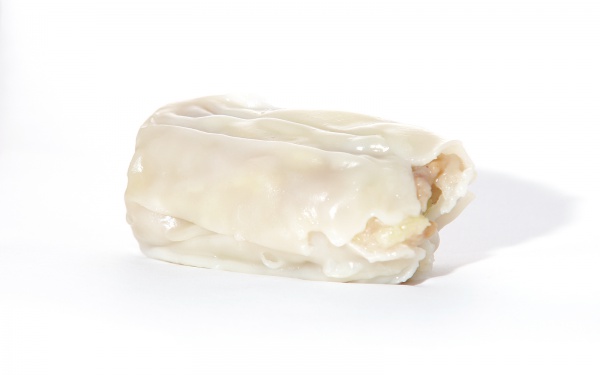Facts About Dim sim
A dim sim is a savory snack with Chinese origins that has become a beloved fixture in Australia and, to a lesser extent, in New Zealand. The name "dim sim" is derived from "dim sum" in the creator's native dialect. This popular treat typically features minced meat—such as pork, lamb, or chicken—combined with cabbage and seasonings, all encased in a dough similar to that used in traditional shumai dumplings.
Dim sims come in various shapes: some are rectangular, while others are circular. They’re incredibly versatile; you can deep-fry, steam, or barbecue them. There are even vegetarian versions that include fillings like cabbage, carrot, vermicelli, and Chinese shiitake mushrooms.
What distinguishes dim sims from regular Chinese dumplings is their larger size and thicker skin—they’re bigger and heartier. You’ll often find them in fish and chip shops, service stations, corner stores, and some Chinese restaurants and takeaway spots across Australia. They’re also available in Chinese food outlets in New Zealand.
Dim sims have a storied history dating back to 1928. The modern version we recognize today likely originated in Melbourne’s Chinatown in 1945, thanks to William Wing Young and his food processing company, Wing Lee. The larger, circular variant is often referred to as the "South Melbourne dim sim" because it was first sold at the South Melbourne Market.
In 2012, Elizabeth Chong shared William Wing Young's original recipe on a television show. His recipe included pork, prawns, water chestnuts, spring onions, and soy sauce, all wrapped in a soft, skin-like dough.
